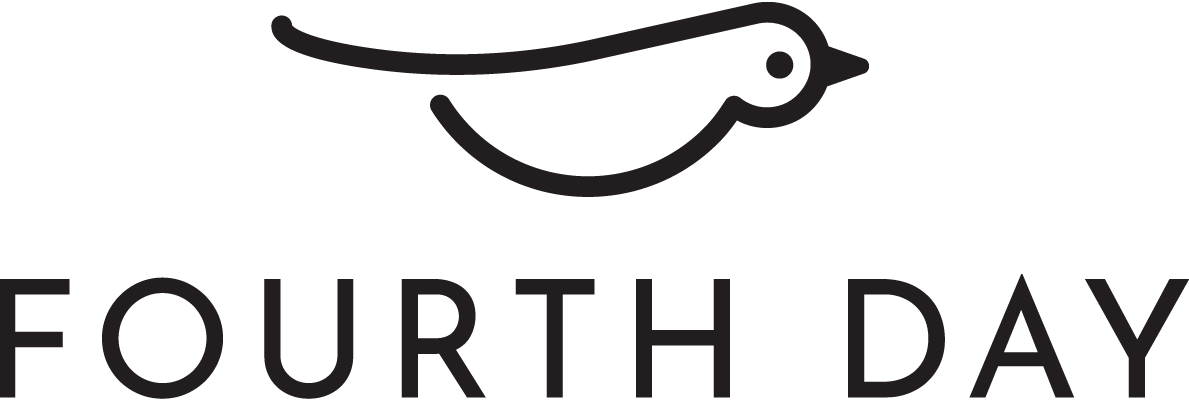I came across the site of a PR agency the other day that looked as though it had been repurposed by an SEO fanatic. My immediate reaction was visceral – as though this site had personally offended me in some way. Then I started thinking about it more rationally. After all, there was nothing wrong with the site – it told me everything I needed to know – but it lacked a bit of soul.
This cuts to a tension in the balancing act between PR and SEO, and where aesthetics and functionality rank in terms of attracting people to your business via a website. How important is it to have a readable and visually stimulating website? And how does a website that looks good compare to one that’s purely focused on achieving good SEO rankings?
This is of course a matter of preference and a reflection of what each company believes to be the purpose of its website. If the measurement for success in a website is generating traffic, you could argue that if a site is doing this, then it actually doesn’t matter how it looks. But if you’re stuck in traffic, you appreciate a decent view.
Proto PR, traditional PR, and SEO
Website design is not what immediately springs to mind when talking about PR. But since your site is often the first thing people see when they come across your business, a well-designed landing page can serve as a kind of proto PR opportunity. It’s a chance for a business to convey some personality to those who come across it online – a window into the life of the company and its employees, displaying the message that you’re good at what you do, in an interesting way.
Finding the right balance between creating – and maintaining – an interesting website and deploying SEO tactics becomes more important for companies that operate in a highly saturated market. As a tech PR agency, here at Fourth Day, we need to consider how we strike this balance, and how we can use both PR – in its traditional sense as well as through our website – and SEO to help us stand out from the crowd.
For us, our PR and SEO efforts tend to support each other. For example, from a PR perspective, we often host events, recently taking our Honest Talks series on the road to Liverpool – a great way of putting our name out there and broadening our network away from home. This in turn provides compelling content for our blog page as we write up the event and invite speakers to contribute too. And in a similar way to the work we do for our clients, we’re always on the lookout for comment opportunities where we’re well-placed to offer insight.
We know that Google appreciates and rewards a steady stream of content, so our blogs and our comments in third party media always boost our SEO rankings. And the SEO work we carry out – optimising keywords and meta descriptions, for example – strengthens the content once it’s online.
It’s important to note that not every company will need to consider SEO. If the field is niche enough, and the volume of relevant search terms on Google is very low, then PR activities and building a brand may be enough. But even if one of our clients isn’t in a competition for rankings among the search engines, we still help them to optimise their content accordingly to ensure they aren’t missed off any lists.
The future of SEO
A recent article in The Drum called into question the future of SEO-only agencies, arguing that time might be up for businesses who live and die by Google’s algorithm changes. In 2019 alone, there were apparently over 300 of these changes, each designed to help Google better understand natural language.
These modifications are changing the nature of SEO work. Today, SEO is at its most effective when it contributes to the creation of human-friendly websites that host human-friendly content.
Within these new parameters of SEO, the businesses with good products or services, supported by a well-constructed website, are the ones being better rewarded by Google – as opposed to those who actively seek to optimise themselves for search. So finding the right balance between PR and SEO – and producing websites with the end user in mind – has never been more important.
Share this:




